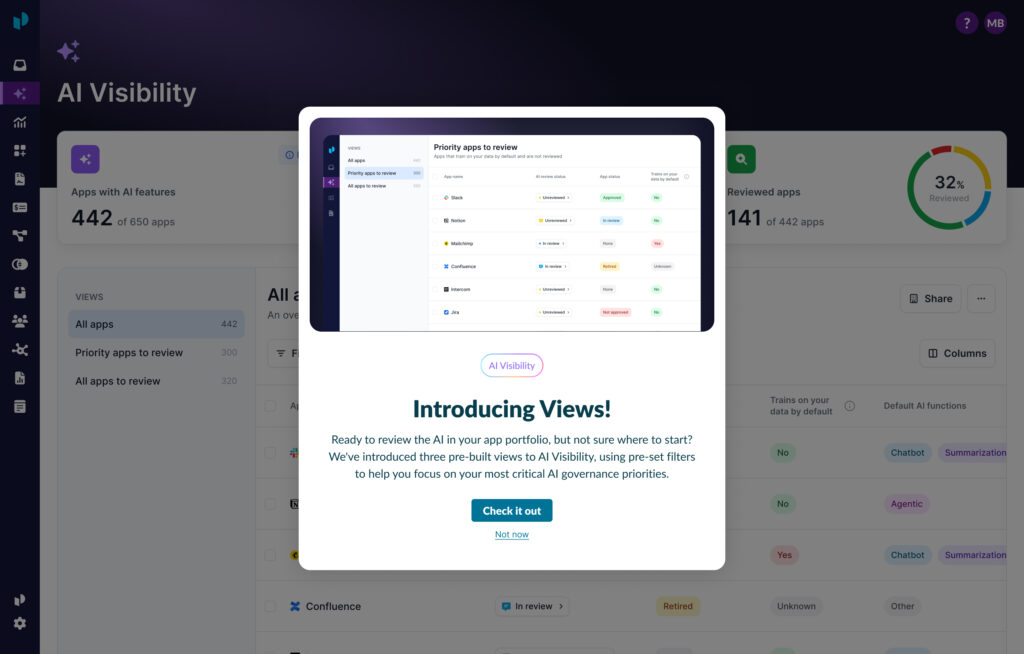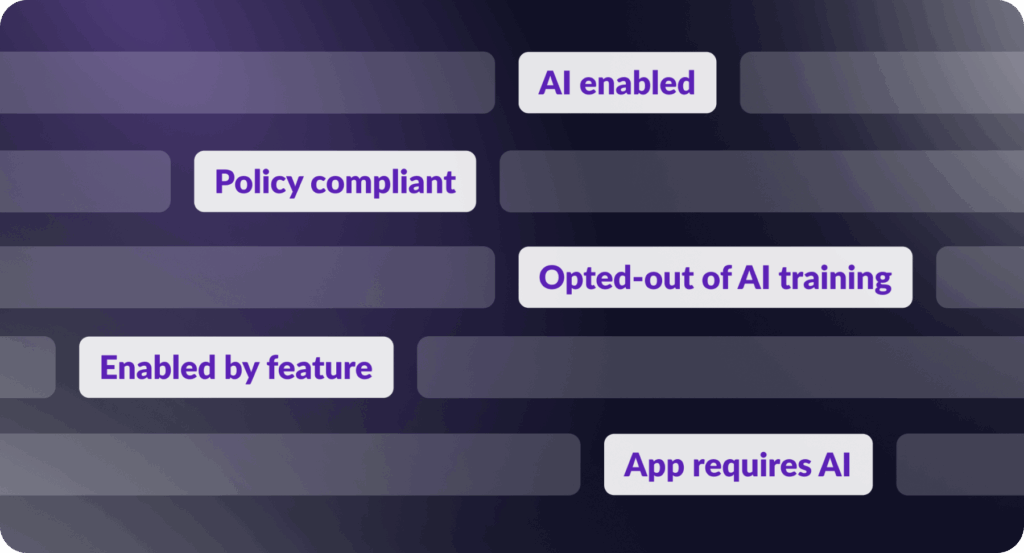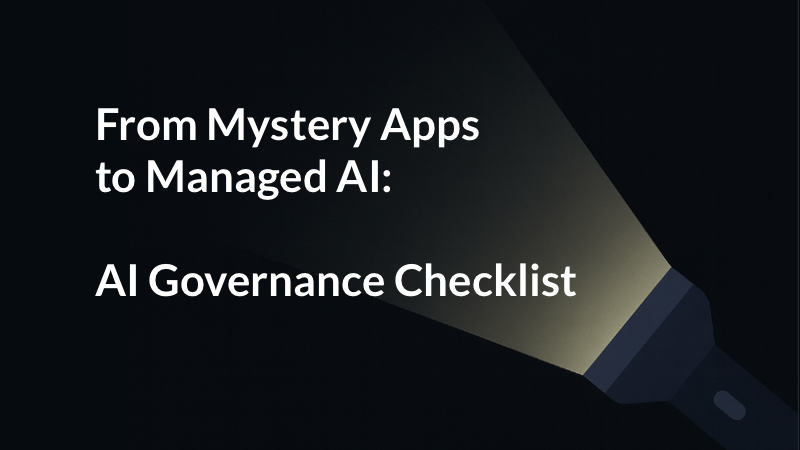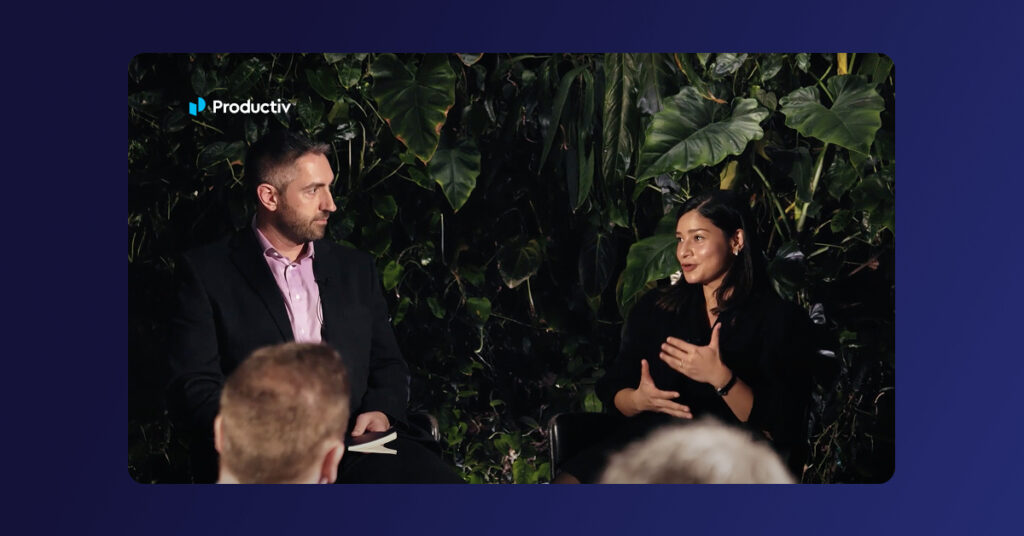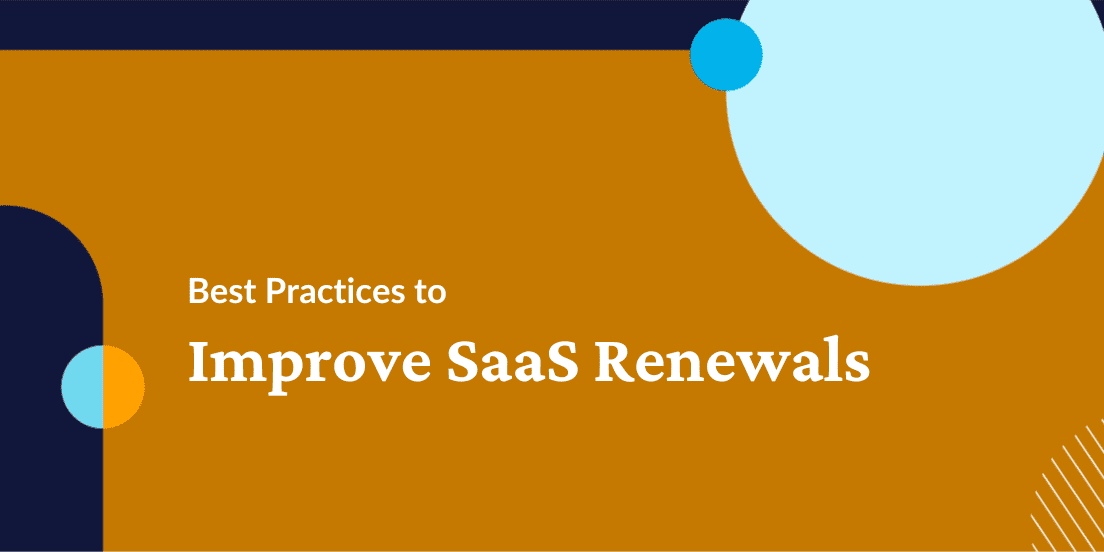
Best practices to improve SaaS renewals
Managing SaaS renewals has become increasingly important for tech-forward companies. Here’s why: While enterprise IT has been undergoing a transformation for years, the pace of change is now accelerating. According to Gartner, cloud technologies currently make up 58 percent of enterprise application software spend. And that number is expected to jump to 66 percent by 2025.
What does this mean for procurement teams? As growth in “traditional” software markets decreases in favor of SaaS apps available via the cloud, there will be more SaaS spend to bring (and keep) under management. Consequently, the number of SaaS renewals to manage will increase.
Maintaining a centralized information source about providers and users will be absolutely essential to SaaS management. And the type of information you’re able to capture in that system will make all the difference when it comes to preparing for SaaS renewals and entering vendor negotiations.
Effective SaaS management starts with accurate spend data
For most organizations, the data required to bring SaaS spend under management isn’t consolidated. It’s fragmented, stored in multiple places, or in a system not designed for tracking SaaS renewal details, including app usage.
In fact, our State of SaaS Management survey found that over half (52 percent) of tech leaders rely on reports provided by their SaaS vendors to understand employee engagement with individual apps. These reports are often out of date by the time procurement sees them, let alone tries to use them to support effective decisions. And for apps with multiple license tiers, there may be little to no insight on whether employees are using the extra features you’re paying for.
Because of this, procurement will find it difficult to answer questions, such as:
- How many SaaS licenses are actively used?
- Are tiered licenses appropriately distributed across users?
- Which SaaS apps will auto-renew in the near future?
- What contracts are approaching their termination date?
- Are we paying above or below the industry benchmark for SaaS licenses?
Spreadsheets are also a common culprit for ineffective SaaS Management. Although they are popular and convenient to create, they age quickly and often “break” because of accidental changes by contributors and other people with access.
Get visibility into SaaS app usage and license needs for better renewals
As with all categories of spend, one key input for negotiation with vendors is knowing exactly what the company has and what it needs. Without full visibility, procurement can easily overprovision licenses or purchase too many licenses of the wrong type.
Only 39 percent of SaaS licenses are regularly used
Our State of SaaS Sprawl report found that only 39 percent of licenses are regularly used. This is likely because too many licenses are purchased, employees haven’t been effectively enabled on certain tools, or some apps no longer meet business needs. Whatever the reason, the consequence is the same: added cost that delivers no value.
These costs add up quickly, in part because it’s hard to identify and track what’s causing the lack of engagement without having access to usage data that goes beyond SSO sign-in information.
Once you have access to feature-level employee engagement data across apps, you can effectively investigate where licenses are being underutilized and why. Employees may have access to multiple communication tools, but prefer using just one. Another example, employees may use two different file sharing platforms because they don’t realize they can perform all the tasks they need in one.
Save up to 35% by rightsizing SaaS license tiers
Even beyond the number of licenses, mismatching individual users with the correct tier of functionality is a common source of value leakage. Databricks, a data plus AI platform provider based in San Francisco, saved 35 percent, or $110K, on their Zoom licenses by moving employees not using paid features to the free version.
Being able to make license decisions based on actual usage data ensures that everyone has what they need without any fees being wasted, even when all or most of the team is working remotely. And it’s not just Zoom where savings can be found. Many enterprise SaaS apps used across an organization have multiple license tiers, such as Salesforce and ServiceNow.
Gain a single source of truth for insights into SaaS renewals
SaaS Management should be driven by a real-time understanding of how employees are using the apps they have access to. But increased insight about usage is not enough on its own. Contract, license, compliance, usage, and renewal information are all important for effective SaaS Management and should all be stored in one place.
Having a single source of truth provides rich context that multiple functional stakeholder groups can benefit from. For instance, procurement can prepare for vendor negotiations by reviewing usage insights, recommendations, and pricing benchmarks, then discussing the information with IT. This creates a valuable information advantage for new apps as well as renewals.
Hear how the Head of Strategic Sourcing at Reddit, Inc. has saved millions with the help of a SaaS Management Platform in this SaaS renewal negotiations webinar.
Ditch the siloed tracking spreadsheets to achieve up to 100% on-time SaaS renewals
Using a SaaS Management solution with strong financial operations capabilities promotes partnerships between procurement, IT, and finance teams. You can forget the folders full of spreadsheets and make decisions based on shared SaaS insights. Not only does this maximize the value derived from SaaS investments, it lays the groundwork for longer term value and can help ensure you never miss another SaaS renewal. This SaaS cost optimization framework is one example of how teams can work together using a SaaS Management Platform to continuously optimize costs across your SaaS portfolio.
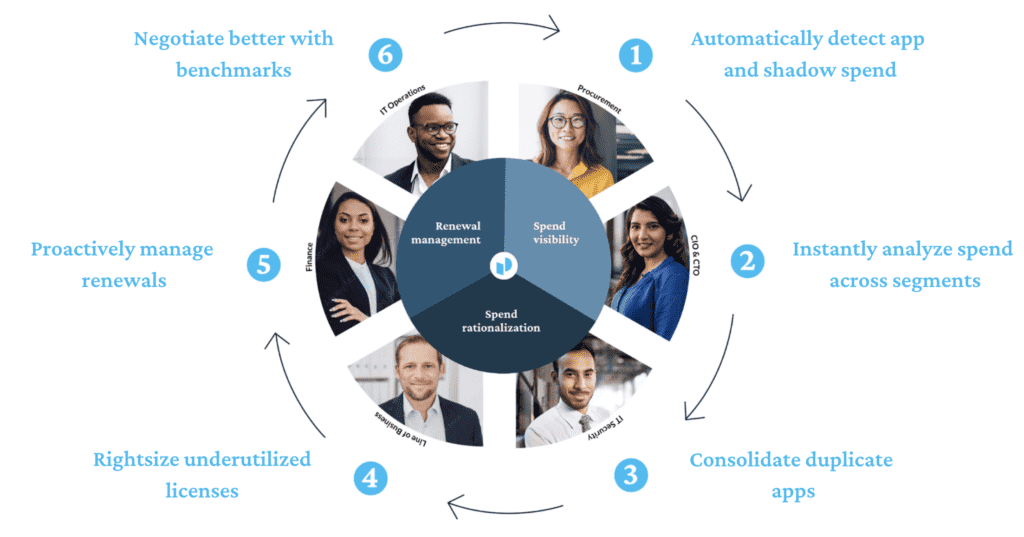
Download Procurement’s Guide to SaaS Cost Optimization to learn more.
Driving organizational value from SaaS spend transparency
Linda Chuan, Head of Strategic Sourcing & Procurement Operations at Box, a cloud-based content management, collaboration, and file sharing tool provider, has spoken about the importance of improving visibility into her company’s SaaS spend.
“Productiv not only gives us insight into which tools are being used without emotion getting in the way, but also sends us notifications about renewals and contracts,” she said. “Getting notified about upcoming renewal dates and other contract terms can also assist with budgeting and making decisions in key moments so we can address inefficiencies.”
Achieving SaaS spend transparency has made it possible to ensure tech investments deliver the desired ROI on SaaS, saving money by being efficient — not by disruptively cutting back on licenses or functionality.
About Productiv:
Productiv is the IT operating system to manage your entire SaaS and AI ecosystem. It centralizes visibility into your tech stack, so CIOs and IT leaders can confidently set strategy, optimize renewals, and empower employees.

